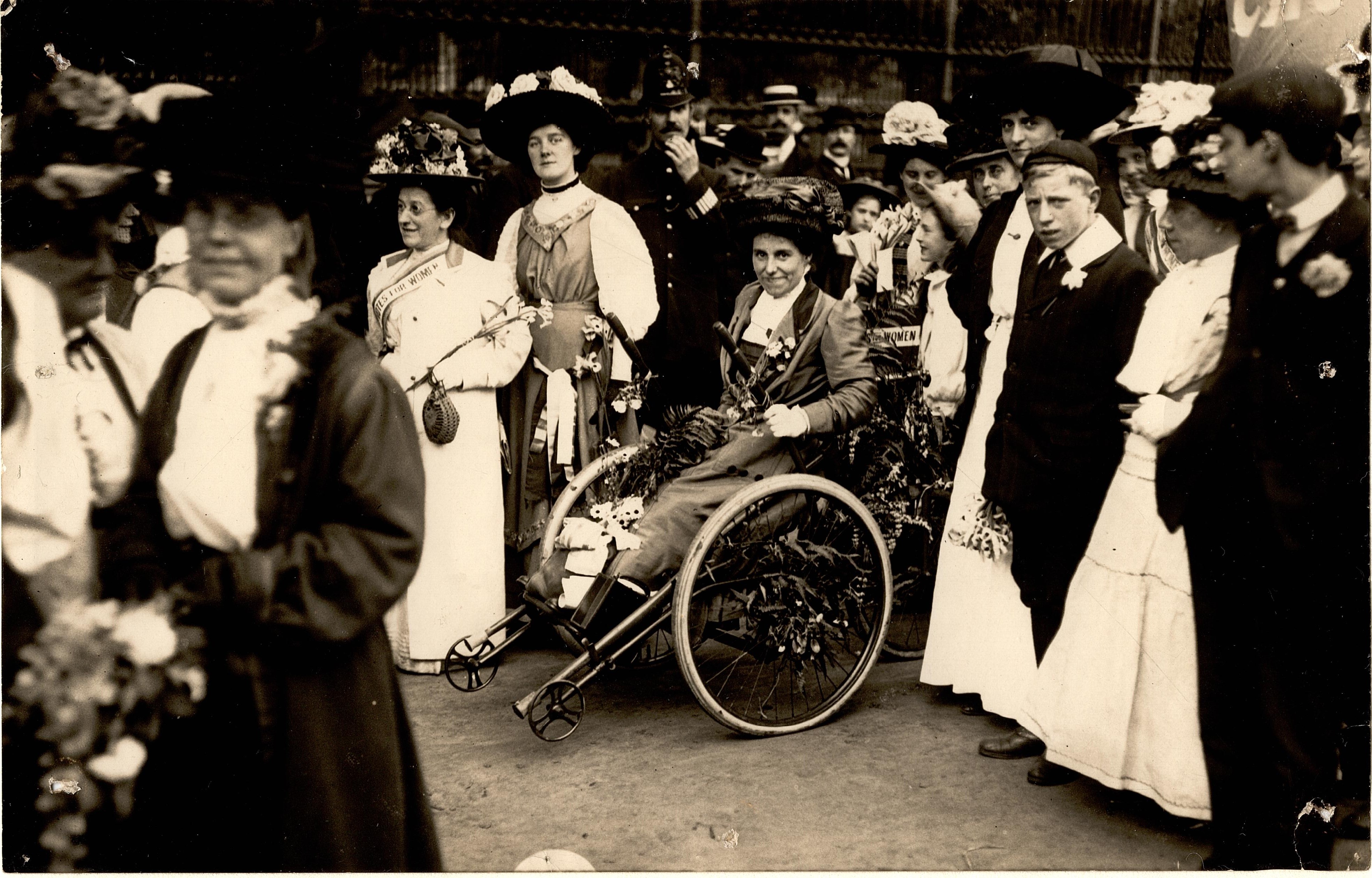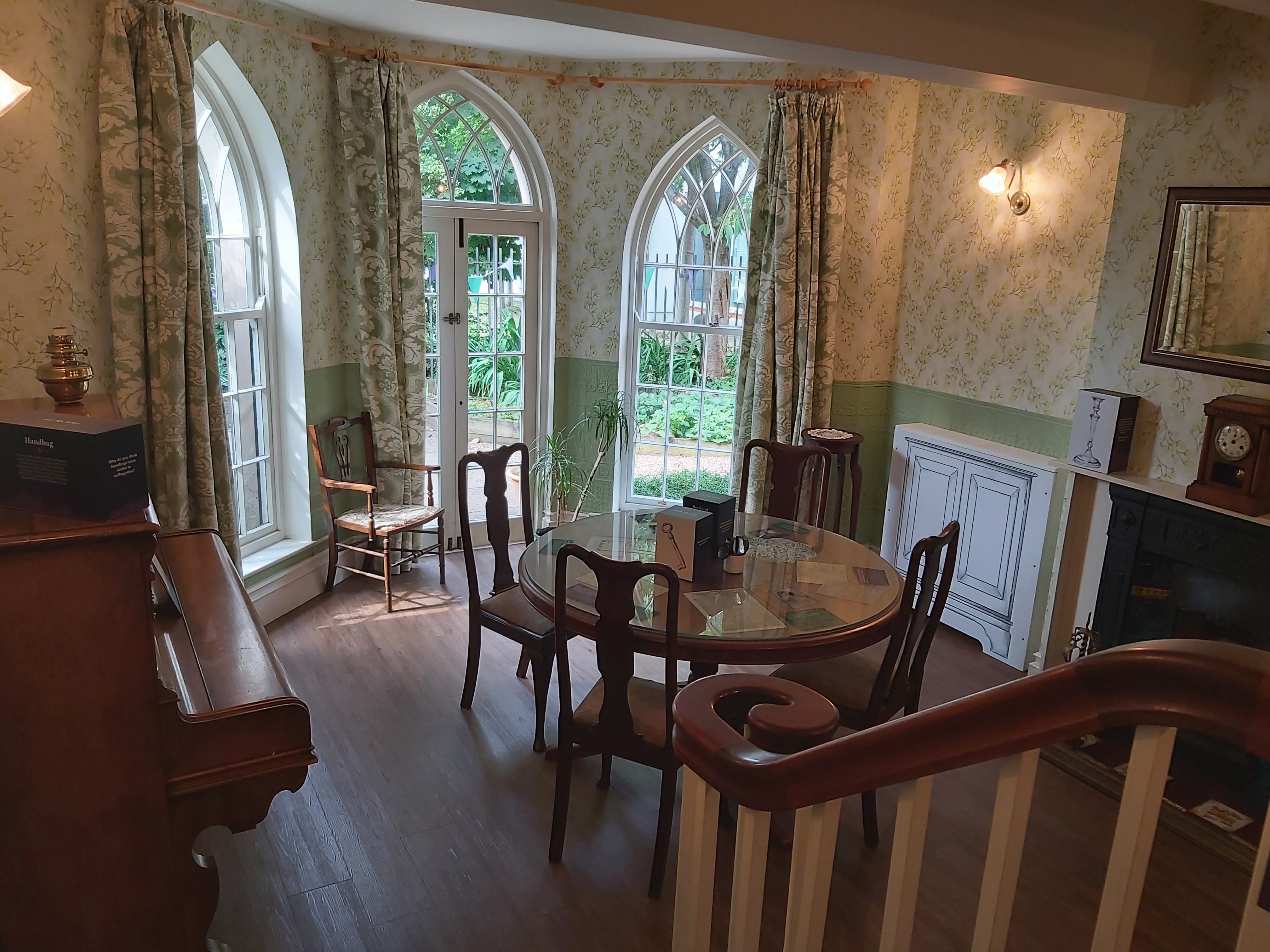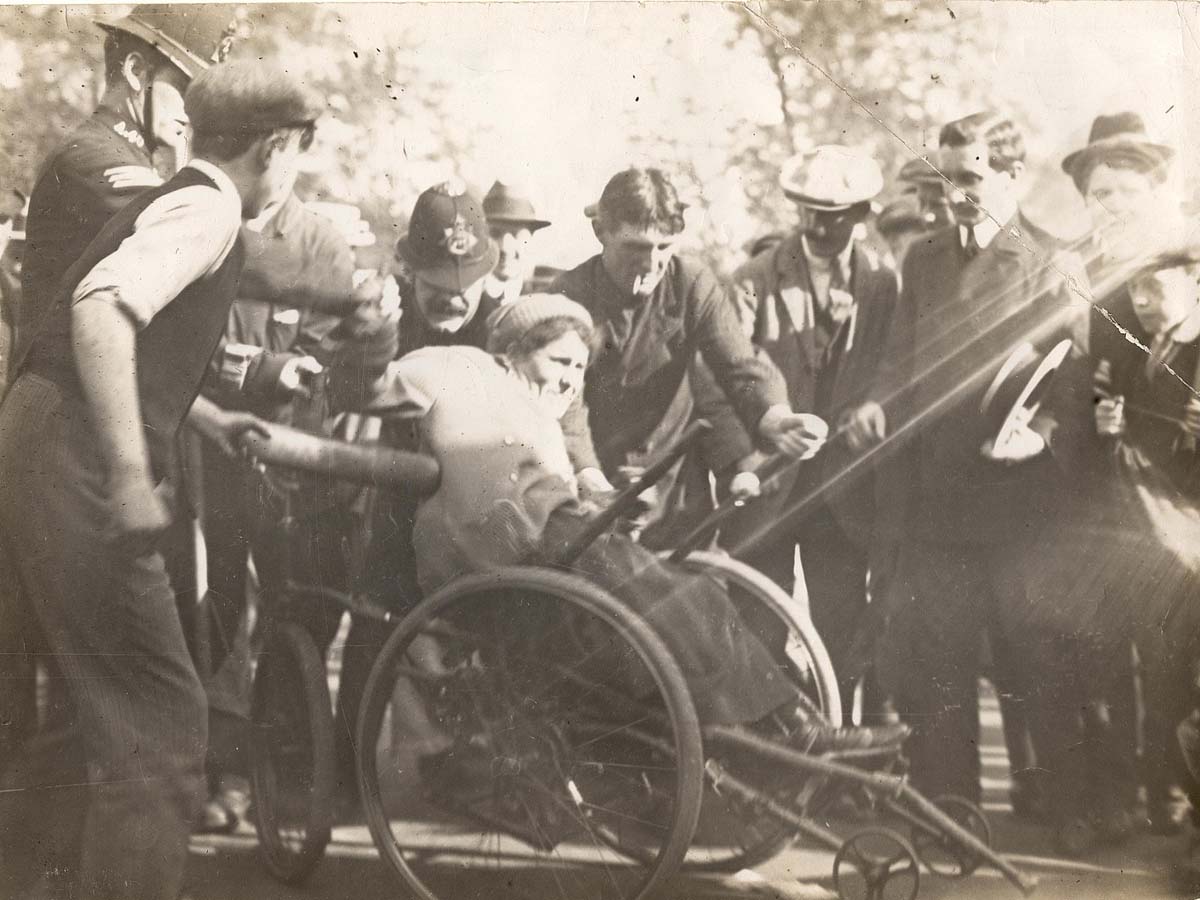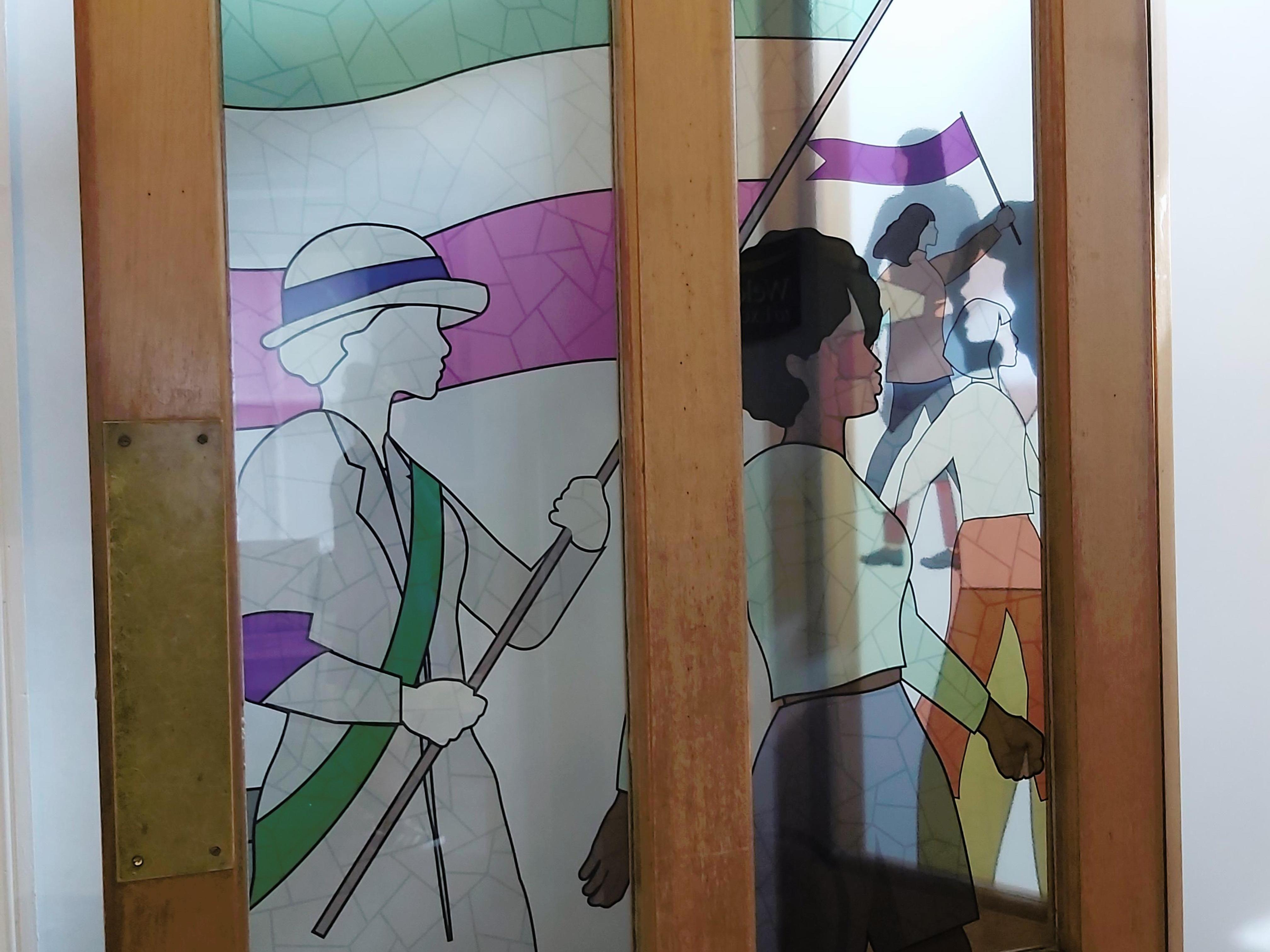
It’s difficult to tell how many disabled women were active as suffragettes and suffragists. Many records didn’t indicate whether some women were using mobility aids, and many learning disabilities lacked names. This is largely due to ableist attitudes of the period, as well as a lack of knowledge and understanding! However, we have clear evidence of two disabled suffragettes, who fought long and hard for equality and fairness in our society. Adelaide Knight and Rosa May Billinghurst were suffragettes who used mobility aids for their entire adult lives – this did not ever hold them back from fearlessly fighting for what is right. This post will be focusing on the life and political activism of Rosa May Billinghurst.
A Suffragette against the odds
Rosa May Billinghurst (31 May 1875 – 29 July 1953) was a courageous militant suffragette. She was partially paralysed and used a wheelchair - or a tricycle at protests. The records of Rosa’s life are scarce and missing parts, we are not completely sure what her life was like before or after the suffrage campaign. But Rosa’s impact on the WPSU (Women’s Social & Political Union), and the wider suffrage movement, was massive.
Rosa was a force of nature. In January of 1913, she was sentenced to eight months in Holloway Prison for damaging letters in a post-box as part of the militant suffrage campaign. In a moment of real bravery, Rosa defended herself in court, forgoing an official defendant. She wrote a defence for her case titled ‘The Guilt Lies on The Shoulders of The Government’, which suggested that the government were to blame for the suffragettes’ acts of property damage, since they were withholding a fundamental human right! Rosa went on hunger strike during her time at Holloway and was released after two weeks – the WSPU awarded her a hunger strike medal for valour.
Fighting oppression on all fronts
Societal attitudes towards disabled people were extremely poor in the 20th century. Suffragettes like Rosa May and Adelaide Knight were fighting gender-based oppression, whilst living under the threat of institutionalisation, eugenics, ostracization, and inaccessibility due to the widespread mistreatment of disabled people. Ableist attitudes were rife, with disabled people being cast aside, and either treated as a burden, or as a case for pity. Even the buildings, streets and homes used for suffragette demonstrations and meetings were extremely inaccessible for people with limited mobility – the very attendance and visibility of disabled suffragettes like Knight and Billinghurst was an act of defiance in itself. This pair of extraordinary women were fighting for the rights of all women to be able to vote and participate in democracy. By being active, they demonstrated that disabled women were capable of being full, and politically active citizens; they implicitly made the case for full suffrage for women and disabled people alike.
Introducing the Pankhurst Museum
The Pankhurst Museum is the historic home of the Pankhurst family, and the birthplace of the suffragette movement. We are the UK’s only museum dedicated to the history of the suffragettes; this historic house acts as a permanent reminder of the sacrifices made by women like Emmeline Pankhurst to achieve suffrage for women. From the formation of the WSPU to the building being saved from demolition by squatters, and sharing our space with Manchester Women’s Aid, it is clear that this centre has acted as a radical space for women’s rights and equality. We are committed to sharing the story of the Pankhurst Family and the suffragettes.

Find out more
- Pankhurst Museum
- Follow the Pankhurst Museum on Facebook and Instragram: @thepankhurst


